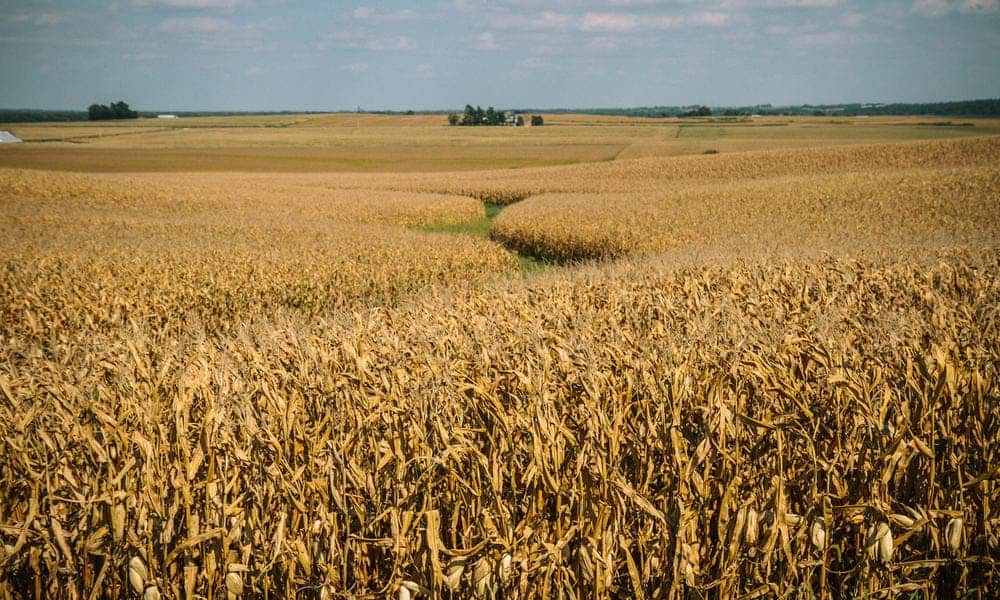Agriculture is an important sector of the US economy. Crops, livestock, and seafood contribute more than $300 billion to the economy each year. But the sector is highly dependent on climate, which is already changing due to global warming.

Many farmers in the Western US rely on snowmelt to help irrigate their crops. But the timing and the availability of snowmelt could be severely altered because of climate change, according to a new study.
A team of researchers looked at monthly irrigation water demand and snowmelt runoff across global basins from 1985 to 2015, hoping to establish where irrigated agriculture has depended on snowmelt runoff in the past and how that might change with a higher temperature.
The next step was looking at the projected changes in snowmelt and rainfall runoff if the Earth warms by 2 or 4 degrees Celsius (about 3 ½ or 7 degrees Fahrenheit), which will potentially put snow-dependent basins at risk.
The findings showed many basins globally are at risk of not having enough water available at the right times for irrigation because of changes in snowmelt patterns. Of those most affected, two are the San Joaquin and Colorado river basins in the western United States.
“In many areas of the world, agriculture depends on snowmelt runoff happening at certain times and at certain magnitudes,” said in a statement Yue Qin, lead author of the study. “But climate change is going to cause less snow and early melting in some basins, which could have profound effects on food production.”
Under a 4-degree Celsius warming scenario, the researchers project that the share of irrigation water demand met by snowmelt in the San Joaquin Basin decreases from 33 to 18%. In the Colorado Basin, the share of water demand met by snowmelt decreases from 38 to 23%. Other basins in which agriculture is at particular risk because of changes in snowmelt are located in southern Europe, western China, and Central Asia, the authors report.
Depending on the magnitude and the timing, rainfall-runoff may be able to compensate for declines in snowmelt runoff in meeting irrigation water demand – but only for some basins. “In many basins, future changes in rainfall do not compensate for the lost snowmelt in crops’ growing seasons,” the study reads.
The researchers looked at the potential availability of reservoir storage and groundwater to help satisfy the additional irrigation need created by less snowmelt and early melting. In some basins, those additional requirements would pose great challenges in trying to make up for changing snowmelt patterns.
“Irrigation demands not met by rainfall or snowmelt currently already represent more than 40 percent of reservoir water storage in many Asian and North American basins,” Steve Davis, co-author, said. “And in a warming world, agriculture won’t be the only added demand on reservoirs and other alternative water supplies like groundwater.”
The study also examined which crops globally were at most at risk because of snowmelt changes resulting from climate change. Findings showed that rice and cotton in northern hemisphere summer, or wheat and managed grassland in spring, were particularly snow-dependent.
The results of the study could be used to prioritize and inform methods to minimize the impact of changing snowmelt on water supplies for agriculture, the researchers said. In some cases, policymakers may have to consider extra groundwater pumping and reservoir development.
The study was published in the journal Nature.


